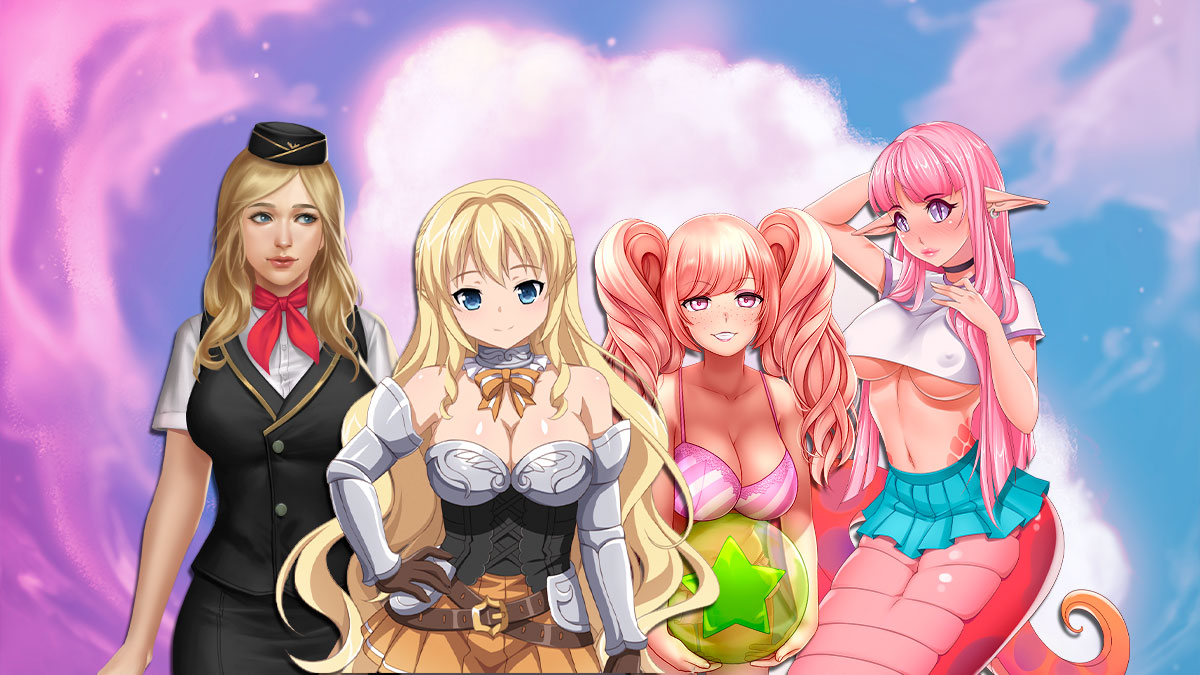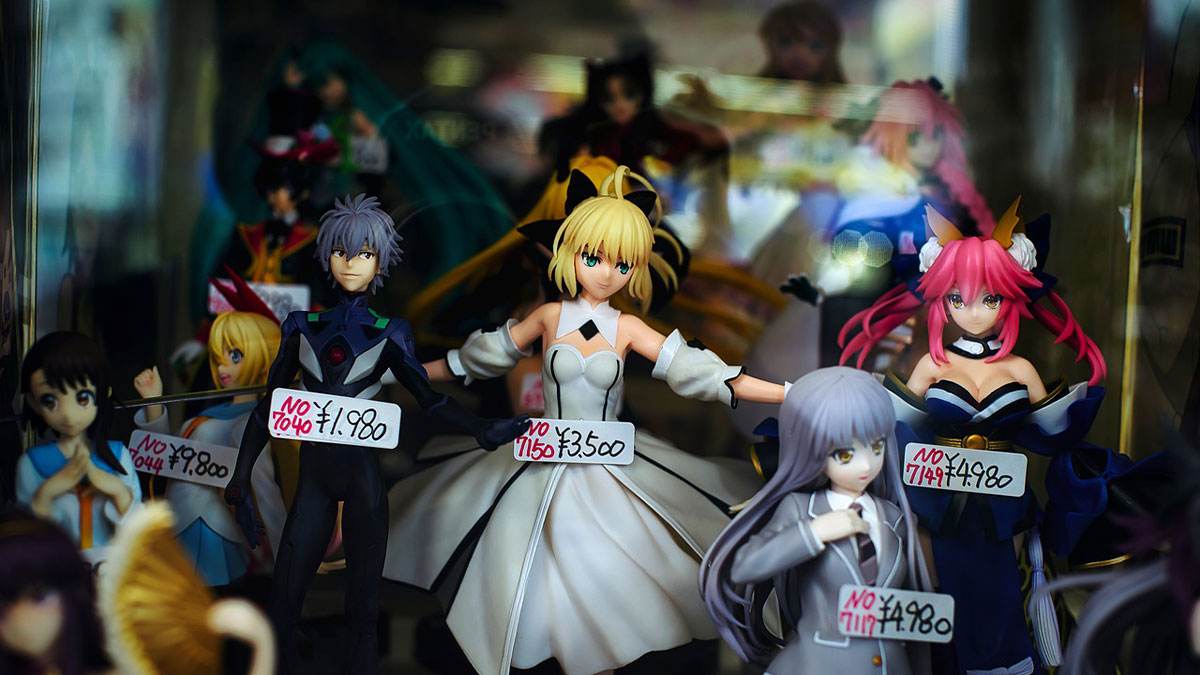A (brief) history of visual novels

- Nutaku
- 2021/09/24
A few months back, we took you through the storied past of adult gaming – from its humble text adventure beginnings to its multi-million dollar success stories. In that piece, we briefly touched on the rise of the visual novel in Japan, and how the genre would go on to propel adult gaming to new heights. A lot of your favorite games on Nutaku wouldn’t be possible without them!
But what, exactly, is a visual novel? It’s a loosely defined genre, and the variety of what developers can do with it often leaves players a little hazy about what’s considered a VN and what’s not. Well, that’s a bit hard to nail down, as there are even VN elements in some of today’s biggest releases! Generally speaking, visual novels are the ones without much in the way of other gameplay bells or whistles. The whole idea is getting swept away by a series of beautiful images while taking in a detailed, lengthy work of fiction.
(Get it? Visuals? Novels? See, we’re learning things!)

As we touched on in a previous article, this whole genre came out of a simple idea: turning a murder mystery into an interactive thrill ride. Chunsoft’s Portopia Serial Murder Case introduced so many of the hallmarks of the genre in one fell swoop. Lush, detailed illustrations… a captivating score… a lengthy and dialogue-driven story… and that’s just for starters! The genre is very much something that grew out of necessity, as at the time, there wasn’t really a great example of how to make a compelling murder mystery game. Text adventure titles had experimented with it before, obviously, but there was nothing on this level.
From that necessity came even further innovation. Throughout the ‘80s, numerous developers iterated on and tweaked the ideas introduced by Chunsoft. Titles began to play in more erotic spaces, because there was finally a way to make sex virtual that wasn’t cheap or hokey. But it was ELF, in 1992, that reshaped the entire genre with Dōkyūsei – generally considered to be the very first dating sim. It not only featured a sexy storyline and spicy pictures, but the ability to choose who you shack up with.
At the time, that freedom of choice was revolutionary. Other developers were quick to jump on the bandwagon, and within a few years, a cottage industry of dating sims had been born out of that freedom. Studios like the iconic Key took the opportunity to make even more nuanced games, with different routes with different girls significantly altering the narrative on a deeper level. Meanwhile, mega-hit franchises like Tokimeki Memorial and To Heart iterated on the basic concept with a winning blend of lovable (and lucrative) character designs and writing made to appeal towards an otaku audience.

In fact, it’s that very otaku audience that’s often credited with making visual novels as big as they are. Throughout the ‘90s and ‘00s, as dating sims were taking off, publishers began to pounce on the feverishly devoted otaku crowd. Soon, it wasn’t about your favorite route, or the girl you wanted to date in a silly little video game. If you were in the scene, it was all about how much devotion you could show to your favorite game by buying as much merch as possible. Buying doujinshi of a beloved character, dropping thousands of yen on ornate plastic figurines… these were rites of passages in hardcore otaku circles, as seen in anime series such as Genshiken!
But obviously, the genre went deeper than just merch sales and focus tests. In the early aughts, a decade of marinating in otaku juices (ew) left visual novels in a place where even further experimentation could happen. Within the burgeoning scene, games like Saya no Uta pushed the boundaries of what could be accomplished in visual novels without sacrificing perceived marketability. Talented anime creators like Gen Urobuchi and Jun Maeda would get their starts from visual novel experimentations, and go on to make some of the most influential series of all time. So if you’ve ever enjoyed an episode of Madoka or Angel Beats, well, you can thank their VN work for that!

It’s easy to look at something called a “dating sim” and scoff at it, but really, so much of what we love about both modern anime and gaming takes its roots in the genre. Bankable character archetypes and narrative tropes established in some of the earliest dating sims still influence what gets made today. When you’re playing a dating sim at this point, you’re tapping into a rich and storied history that now spans literal decades, and it’s important to take that history seriously. What began as a genre created to craft the perfect interactive murder mystery has become a powerful mover and shaker in a multi-billion dollar industry. That’s nothing to sneeze at!
Today, companies like DMM continue to innovate and iterate on VNs through successful mobile games and premium PC titles alike. Nutaku is proud to be at the forefront of this innovation, with a constant stream of mobile and PC games that make heavy use of VN elements – or in some cases, just are VNs! Because on some level, this is more than just hentai. It’s the latest evolution of a rich gaming and porn tradition, and one that we’ll continue to embrace going into the future.
So, if you’re looking for something new to play, why not take a peek into the past and dig up a VN from the ‘90s or ‘00s? There are plenty out there to choose from, and who knows – you might even find something that influenced your favorite Nutaku games!




